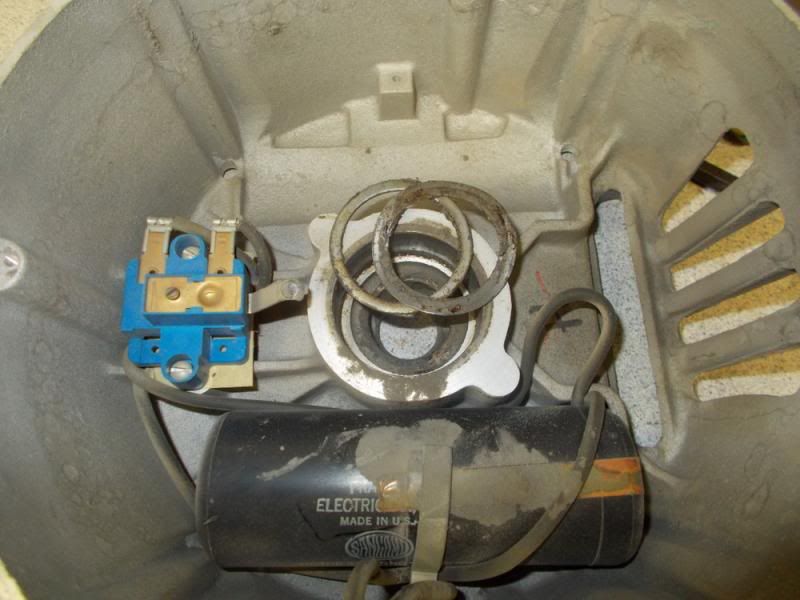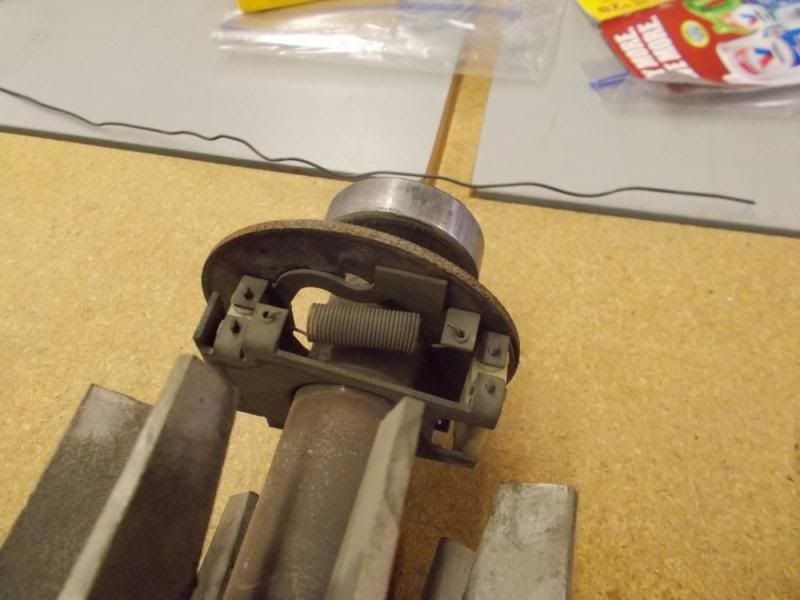I am rebuilding the 1hp Dayton motor on my 1917 SB, and want to replace the capacitor. Is is a 540-648 uf 110v capacitor.
I can find one of those, but the capacitance range was a little surprising to me. I am used to seeing specific values, not a range.
But, I can more easily find a replacement cap that is 600uf.
Are there any specific reasons why the fixed value cap would not work?
I would prefer to get everything from one source, and surprisingly, Amazon has both bearings and a 600uf cap in stock at pretty decent prices. I would not have looked there, but google turned up a result.
MSC has a good price on one of the bearings, but they are sky high on the other.
Thanks
I can find one of those, but the capacitance range was a little surprising to me. I am used to seeing specific values, not a range.
But, I can more easily find a replacement cap that is 600uf.
Are there any specific reasons why the fixed value cap would not work?
I would prefer to get everything from one source, and surprisingly, Amazon has both bearings and a 600uf cap in stock at pretty decent prices. I would not have looked there, but google turned up a result.
MSC has a good price on one of the bearings, but they are sky high on the other.
Thanks


 & didn't want to wait for mail order to get 'er up & running. Grainger isn't like other supply houses here (MESCO, Mid-States Bolt) with a its formal sitting room & a counter vs those who are more open and will let you walk into the back with a counterman once in a while.
& didn't want to wait for mail order to get 'er up & running. Grainger isn't like other supply houses here (MESCO, Mid-States Bolt) with a its formal sitting room & a counter vs those who are more open and will let you walk into the back with a counterman once in a while.





